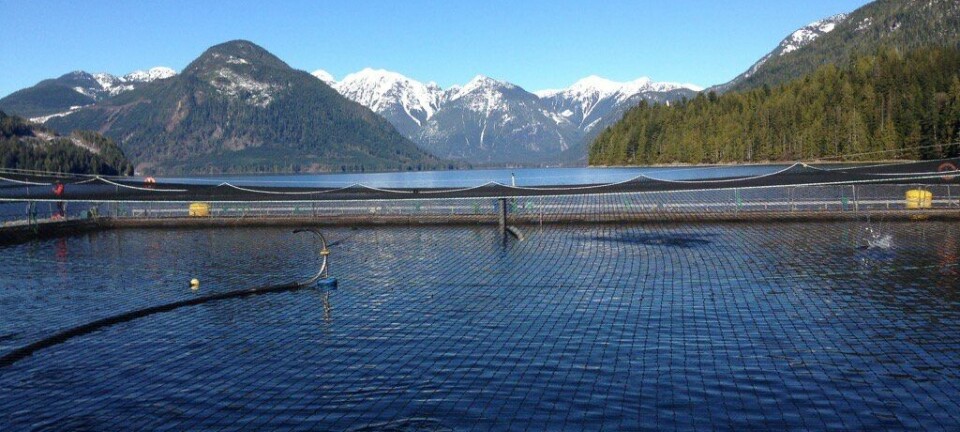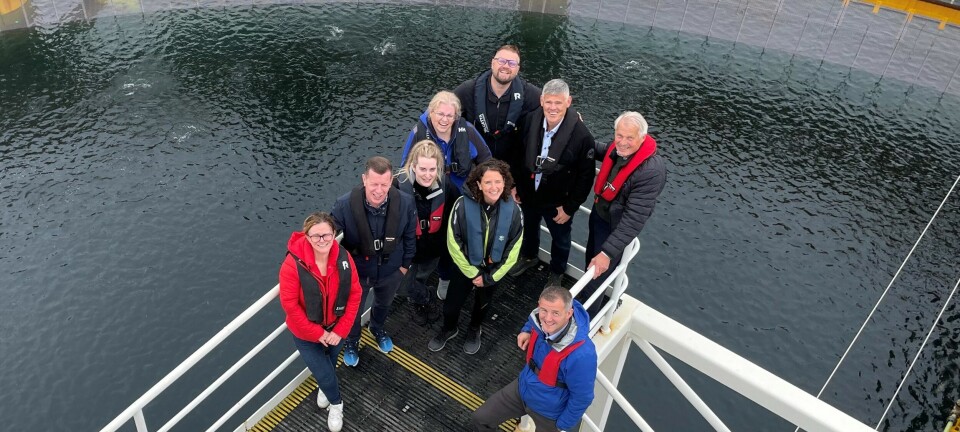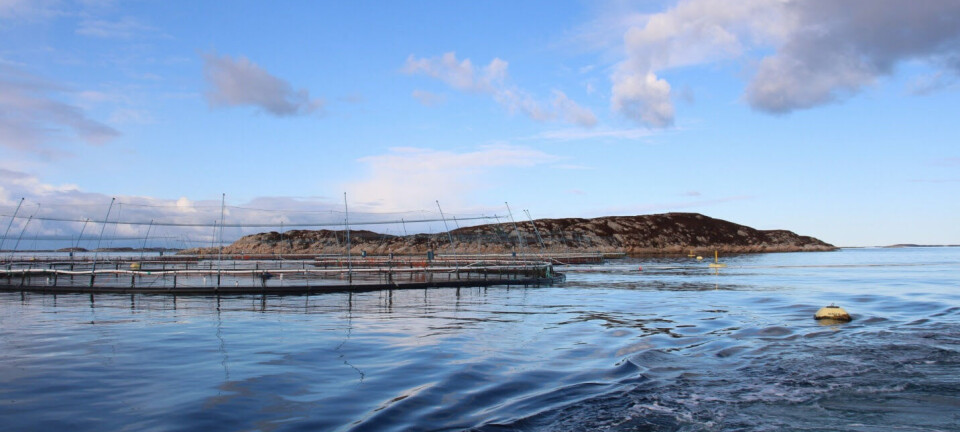
Good approach to aquaculture, fishing
While some areas like Alaska and British Columbia still argue about the merits of aquaculture development, most countries that rely on seafood as a source of healthy protein for its people are encouraging the increased production of seafood through aquaculture while at the same time restricting commercial fishing to a level that ensures sustainability. A story about such a country recently emerged from the Persian Gulf, where the peninsular country of Qatar is pursuing just such a strategy. Qatar is one of the six countries that make up the Gulf Cooperation Council (GCC) – the others being Saudi Arabia, Bahrain, Kuwait, Oman and the United Arab Emirates.
The Peninsula reports from Qatar’s capital Doha;
There is absolutely no shortfall in fish supplies and if the prices of seafood have gone up in the country recently it is only due to the increasing cost of production, says a senior official from the fisheries department. Diesel suddenly becoming expensive and boat making charges and boat rentals having soared eventually had an impact on fish prices in the local market, said Mohamed Saeed Al Mohannadi.
Some 30 species of fish are found in Qatari waters of which the export of ‘hamur’ and ‘safi’, is banned, Al Mohannadi, director of the fisheries department, said. It is interesting to note that King fish remains the most exploited species not only in Qatar but the entire GCC region, including the UAE and Oman. “Some action is, thus, needed to control the commercial exploitation of this fish,” the director said. Local fish production in 2009 was 14,066 tonnes while consumption was 11, 398 tonnes and over the next five years production is expected to be stable at 15,000 tonnes a year leading to no shortages. By 2005 local fish production was more than sufficient to meet the demand in the Qatari market. In fact, the production was over 31 percent surplus so the stocks were exported, Al Mohannadi told Qatar News Agency (QNA) in an interview.
But a sudden rise in the country’s population after 2005 led to an unexpected increase in demand with the result that by 2007-08, local fish production was able to meet only 95 percent of the demand. Al Mohannadi said that per capita fish consumption in the country is presently estimated at 12.5 kg a year. He, however, didn’t give the GCC average for comparison. He said Qatar must increasingly focus on fish farming to meet the growing demand as fish catches from the sea have reached their optimum levels.
There is a limit to which natural fish resources in the Qatari waters can be exploited and that limit has already been reached. Although GCC-wide surveys reveal that Qatar is on top in the region in terms of its immense natural fish resources, he added. But Qatar must be cautious in exploiting its natural fish resource in order to protect marine life and environment, Al Mohannadi said. Nylon nets for fishing have been banned and restrictions have been imposed as far as issuing new fishing licenses are concerned. Qatar values its fishing resources so much and is extremely concerned about preserving its marine life environment and this is the reason why no new fishing licenses have been issued since 1993. There currently are 286 boat owners in the country and 515 licensed fishing boats.
Talking of fish farming, the official said that so far only four companies have shown interest in setting up commercial fish breeding farms and only one firm has provided the requisite documents so it has been issued preliminary clearance. The government has also lined up some projects and one of them is to set up a marine life research centre. The focus of national fisheries development is two-fold: to promote fish farming based on modern techniques and to put in force legislations that strictly regulate the exploitation of the country’s natural fish resource.























































